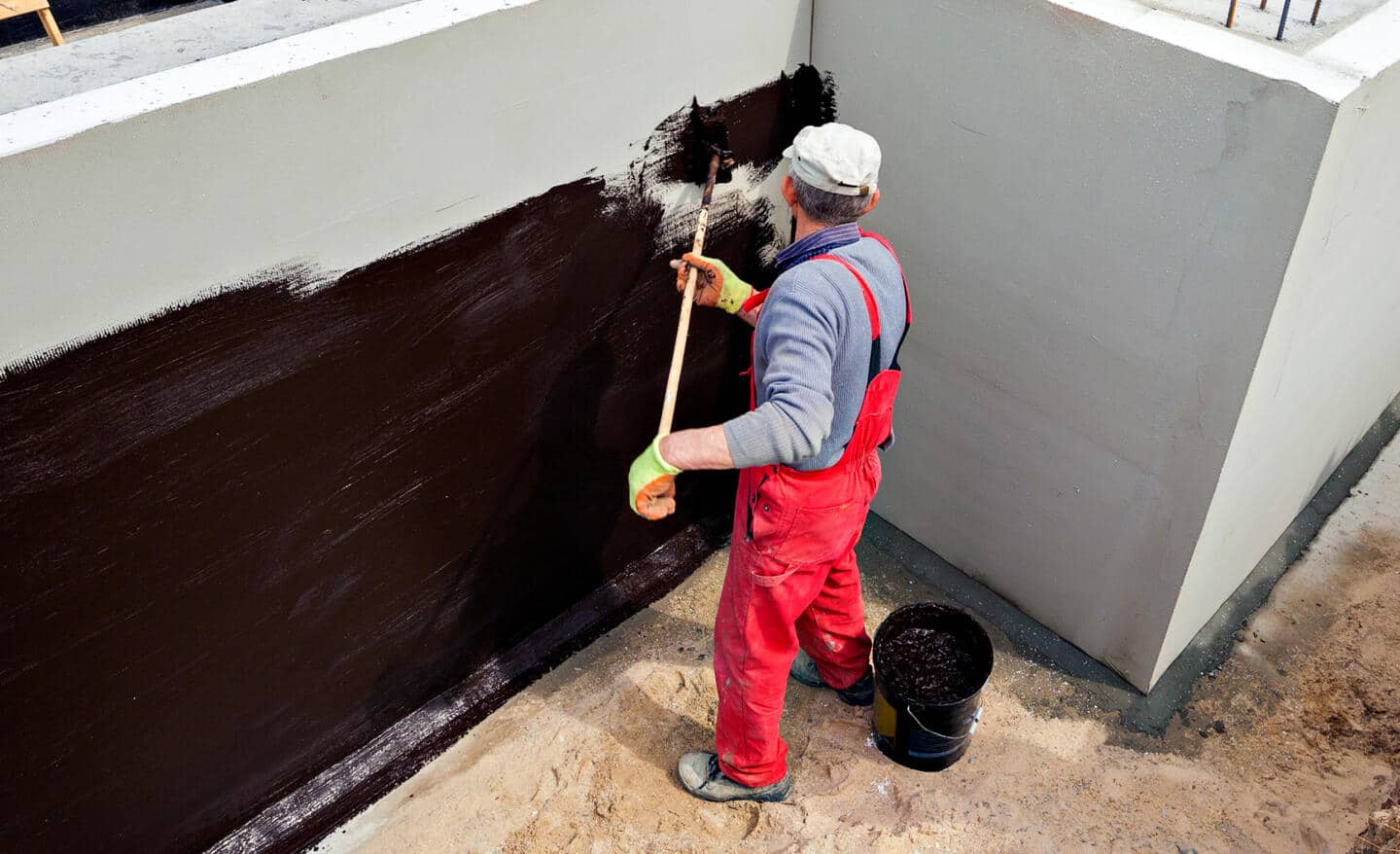Water Solutions That Get Results: Omaha’s Most Effective Systems
Wiki Article
Kinds of Waterproofing: Exploring the Various Approaches and Their Applications
Waterproofing is a vital element of building and construction and maintenance. It protects structures from the destructive effects of water damages. There are several techniques readily available, each with its one-of-a-kind applications and benefits. From membrane layer systems to cementitious remedies, understanding these options is necessary for efficient application. The choice of waterproofing technique can considerably affect longevity and longevity. Exploring these different methods reveals their unique benefits and possible obstacles, triggering additional consideration of perfect remedies.Membrane Waterproofing Systems
Membrane waterproofing systems function as a critical obstacle against water intrusion in various frameworks. These systems generally are composed of thin sheets made from products like rubber, polycarbonate, or bitumen, which are used to surface areas to stop dampness penetration. They can be installed above or below quality and are especially effective in locations susceptible to high water exposure, such as cellars, roof coverings, and foundations.The setup process includes cleansing the substrate, using adhesives or primers, and specifically suitable the membrane layer to guarantee full protection. Membrane layer systems can be either completely adhered, mechanically connected, or laid loose, depending on the details demands of the job. They provide sturdiness and adaptability, accommodating architectural motions without compromising their waterproofing abilities. These systems can be reinforced with added layers for enhanced security. Ultimately, membrane waterproofing systems are crucial for protecting frameworks versus water damage and preserving long-lasting honesty.Liquid-Applied Waterproofing Coatings
Liquid-applied waterproofing finishings supply a versatile solution for securing surface areas from water infiltration - Water Solutions. These coverings consist of fluid products that, when used, develop a smooth, adaptable membrane. Their adaptability enables application on various substrates, consisting of concrete, steel, and timber. The coverings can be used in diverse atmospheres, from domestic to commercial setups, making them ideal for roof coverings, foundations, and below-grade structures.One substantial benefit of liquid-applied finishes is their capability to comply with irregular forms and permeate cracks, creating a durable obstacle against moisture. They often show superb attachment homes and resistance to UV radiation, making sure durability and sturdiness. Additionally, the application process is typically simple, enabling for quick setup and decreased labor costs. This approach additionally lessens the risk of water pooling, as the continual layer properly directs water far from susceptible areas. Overall, liquid-applied waterproofing coatings are an efficient choice for detailed water securityCementitious Waterproofing Solutions

Cementitious waterproofing solutions supply a durable choice for frameworks needing reputable moisture security. These systems largely use a blend of concrete, sand, and chemical ingredients to produce a water resistant barrier. They are often used to surface areas such as concrete walls, structures, and floors, giving a long lasting, lasting protection versus water intrusion.One of the essential benefits of cementitious waterproofing is its ease of application; it can be used making use of a brush, roller, or spray, making it suitable for different task sizes. In addition, this technique works with lots of surfaces and can often be utilized together with other waterproofing techniques.Cementitious remedies are particularly efficient in environments where water direct exposure is a concern, such as basements or below-grade structures. Their outstanding attachment buildings guarantee that they bond well with substratums, giving a strong and nonporous layer against dampness penetration.
Bentonite Waterproofing
Bentonite waterproofing is a very check that efficient approach that makes use of sodium bentonite clay to create an all-natural obstacle against water. This technique manipulates the unique residential or commercial properties of bentonite, which broadens upon call with water, securing any type of potential leakages and protecting against dampness seepage. It is generally utilized in numerous applications, consisting of foundation walls, tunnels, and preserving walls, where water resistance is essential.Bentonite can be applied in several forms, such as panels or blankets, offering versatility in setup. Its capacity to self-seal makes it an attractive choice for areas based on shifting dirt or ever-changing water degrees. In addition, bentonite waterproofing is environmentally pleasant, as it is an all-natural material that does not introduce hazardous chemicals into the surroundings.Drain and Outside Waterproofing Solutions
Efficient waterproofing frequently entails a mix of approaches, including drainage and external systems. Drain systems, such as French drains and sump pumps, are developed to redirect water away from structures, minimizing hydrostatic pressure versus foundations. These systems are essential in stopping water buildup that can result in architectural damage and mold and mildew growth.External waterproofing, on the other hand, includes using protective obstacles to the structure's exterior. Methods such as the installation of water-proof membranes, layers, or sealants can assist avoid water seepage. This technique not just safeguards the foundation but likewise boosts the general durability of the structure.Together, water drainage and outside waterproofing systems create a thorough service to take care of water effectively. By applying these techniques, property owners can secure their financial investments versus the damaging effects of moisture, making sure lasting security and bathroom water proofing security for their structures.Regularly Asked Questions
Exactly how Do I Select the Right Waterproofing Technique for My Task?
Selecting the best waterproofing method depends upon aspects such as project kind, environmental conditions, budget, and desired long life. Examining these elements allows for notified choices tailored to details requirements and requirements.
Can Waterproofing Be Applied in Winter Issues?
Waterproofing can be used in cold weather problems, however it requires specific materials and techniques. Cold temperature levels might affect healing times and bond, requiring cautious selection of items created for low-temperature application.
What Are the Typical Indicators of Waterproofing Failure?
Typical signs of waterproofing failing include noticeable water spots, peeling paint, damp smells, mold development, and fractures in wall surfaces or foundations. Drainage & waterproofing company Omaha. These signs recommend that wetness is penetrating the obstacle, endangering its effectivenessHow Much Time Does Waterproofing Last Before Needing Maintenance?
The longevity of waterproofing differs, generally lasting in between article 5 to 10 years. Elements such as worldly quality, ecological problems, and maintenance methods affect its longevity, requiring routine evaluations to ensure reliable protection against water invasion.Exist Eco-Friendly Waterproofing Options Available?
The inquiry of environmentally friendly waterproofing choices discloses an expanding passion in sustainable materials (Landscape drainage Omaha). Different all-natural materials, such as plant-based sealers and recycled items, supply reliable solutions while lessening environmental effect, attracting eco aware customersReport this wiki page